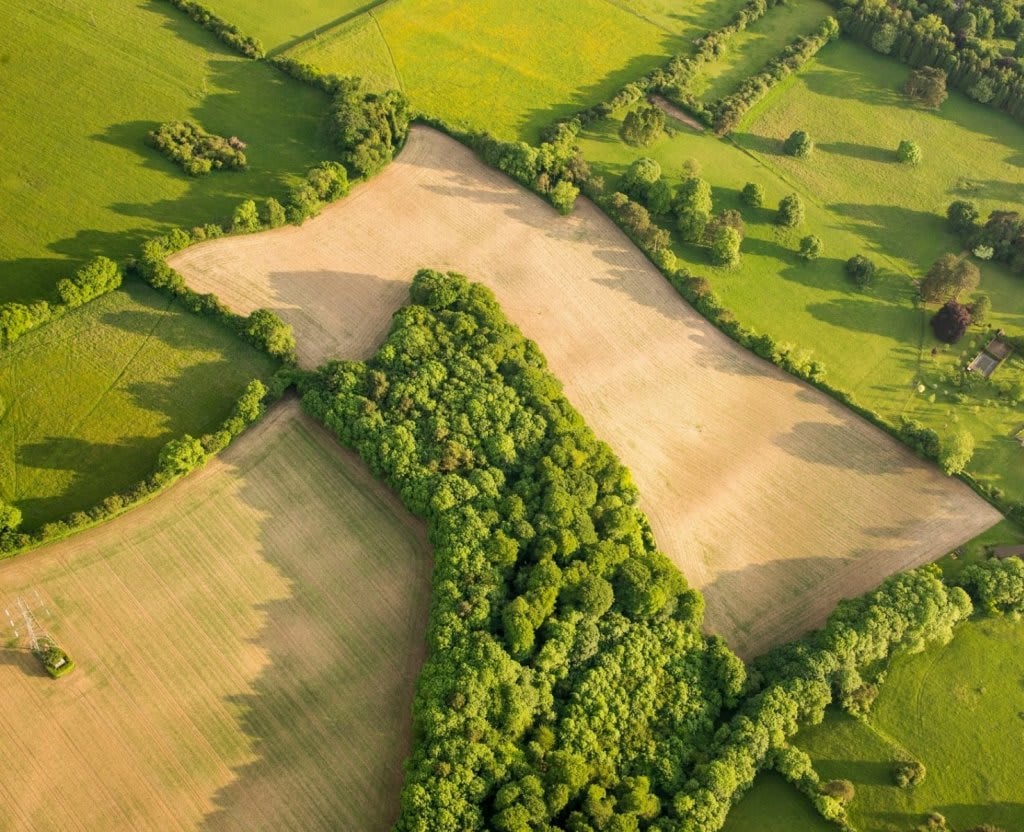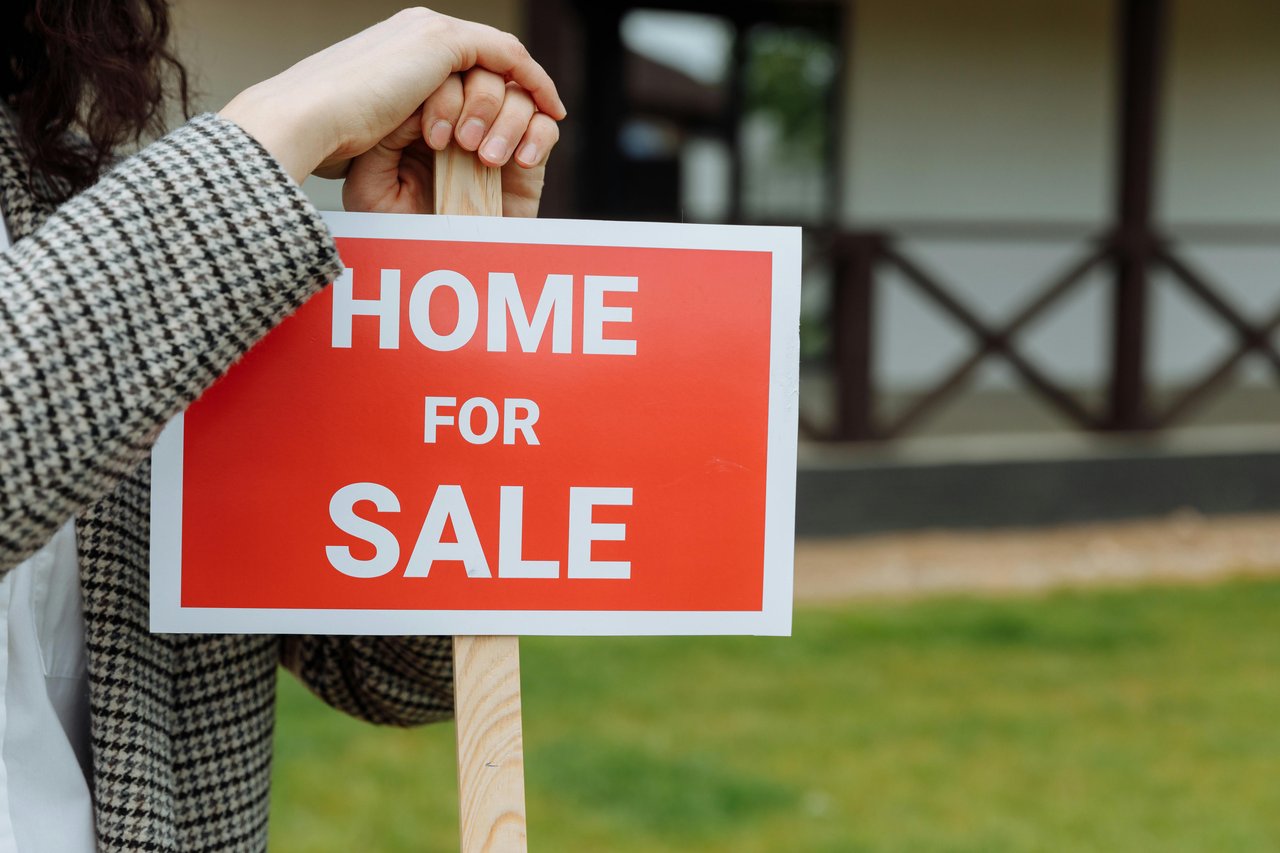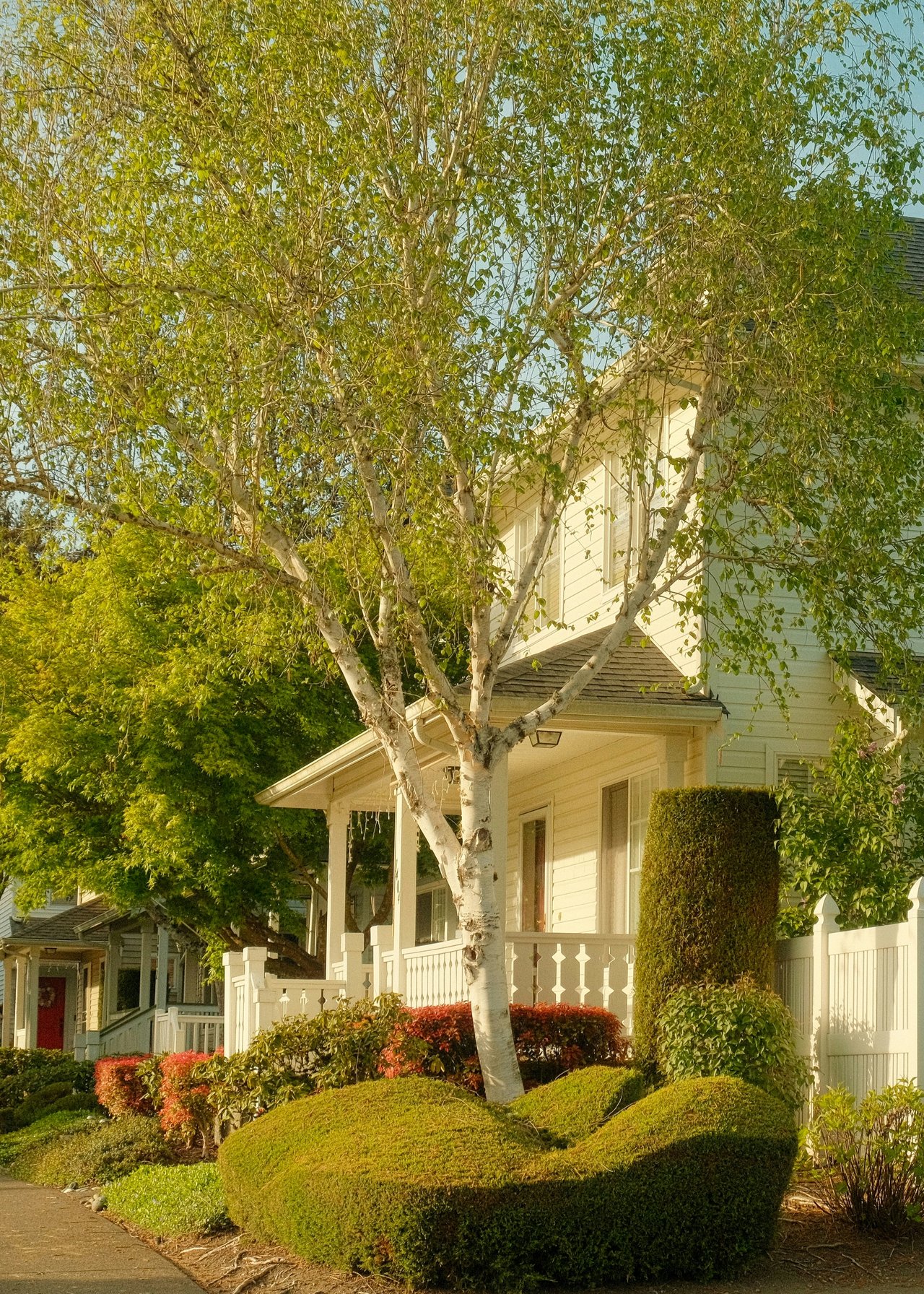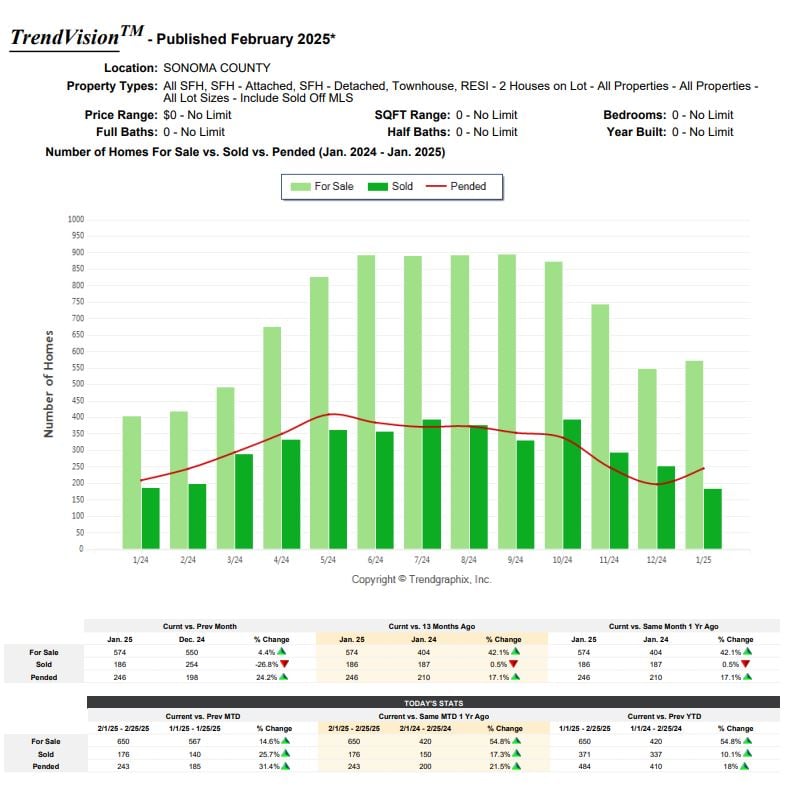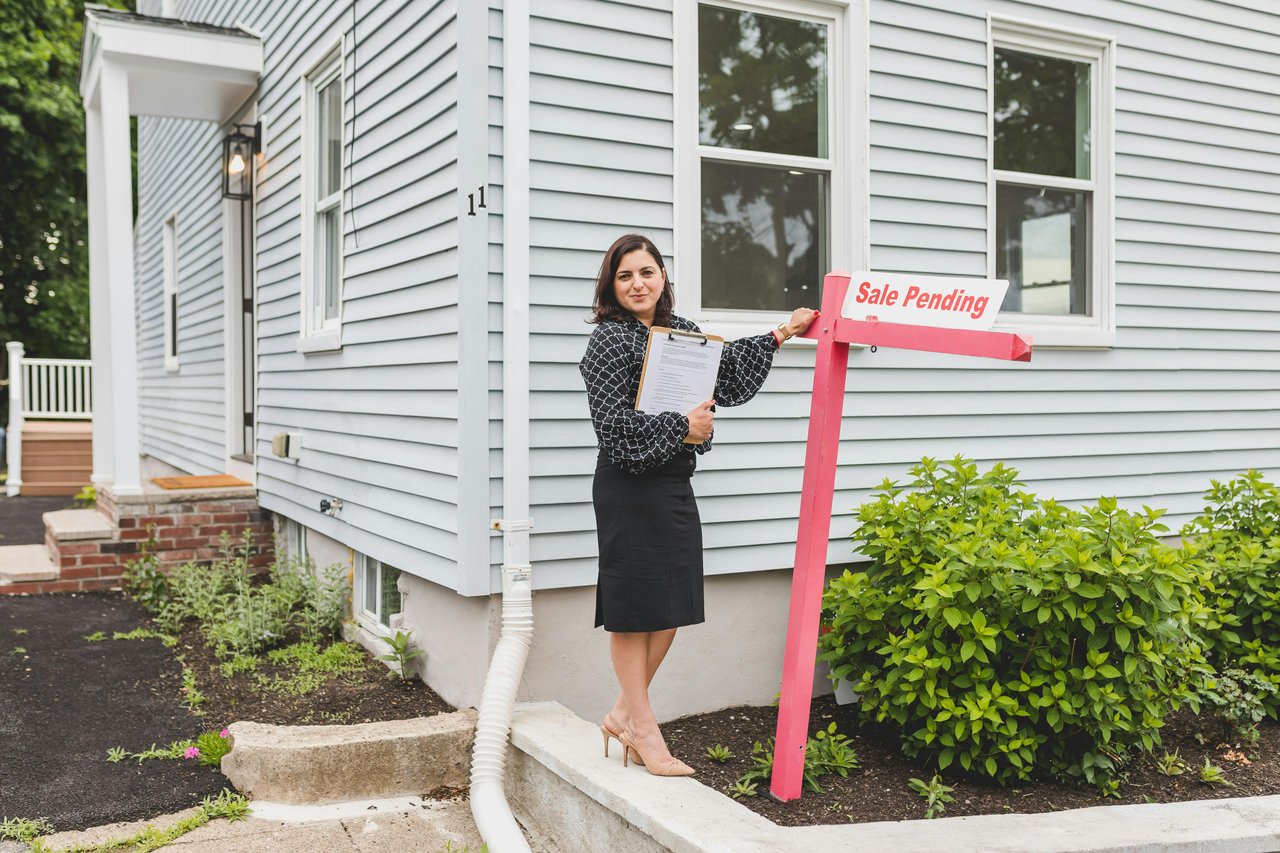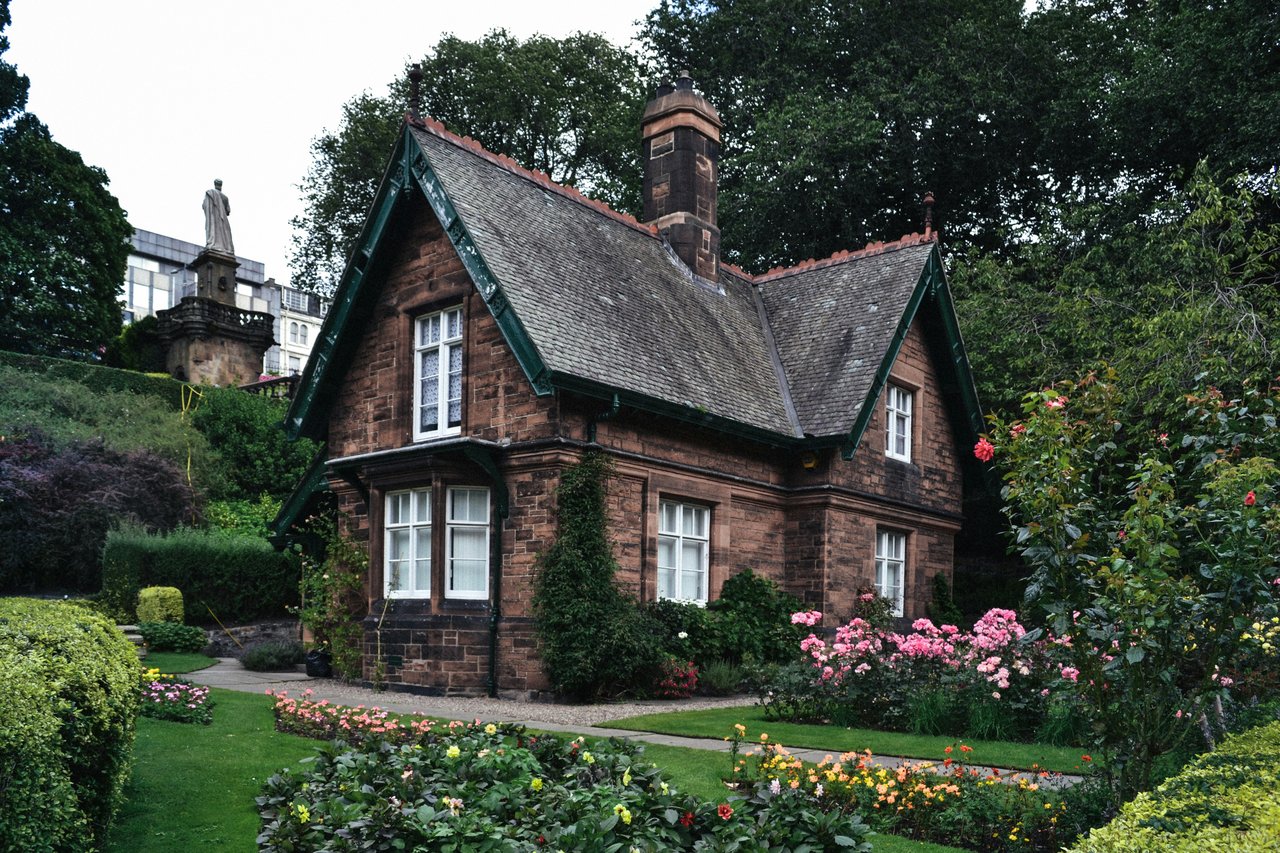The last 18 months have accelerated numerous trends that we were anticipating and as deurbanization continues some relish the idea of building their new home rather than buying one.
According to BAREIS, as July concluded, Sonoma County had exactly 311 non-commercial parcels on the open market – 44 of which were newly listed this month. Our County saw 45 sites receive accepted offers during the period while another 27 parcels formally traded hands at an average value of $389,000. A broader perspective shows that - since the Tubbs, Nunn’s, Kincade, Wallbridge and Glass wildfires transpired over the 46 months since October 2017 - 1,863 bare lots have transacted at an average value of $411,152. This is indicative of a highly liquid marketplace with strong demand for the most appropriately priced plots. Now, as property owners are starting to receive their PG & E settlement notices, we will see if this will chase new supply into our markets.
Within Sonoma County, Santa Rosa’s Northeast quadrant has been the primary catalyst for the increased activity levels. The Tubbs fire has reshaped the landscape and the marketplace as we know it. This submarket was showcasing 74 residential lots on the open market as we wrapped up July. New offerings from sellers accounted for 11 of those during this period with buyers dipping their toes in the water to capture 13 sites in new contracts. Sellers managed to complete just three sales during the month at an average value of $613,000 and, over the last three years, have sold a total of 865 parcels – accounting for 46 percent of all non-commercial lot transactions in Sonoma County.
To put this in perspective, Northwest Santa Rosa has sold a total of 218 lots since October of 2017 for an average price of $279,964 while the greater Sonoma Valley region has seen 137 transactions at an average value of $784,189.
Sellers of lots should be readying them for market by making final clearings of dead or diseased vegetation, if not for the determination of holding their sites for years to come while trying to allow the natural beauty to return, to at least abide by county ordinances that require such abatement in order to limit further fire dangers to the surrounding areas - by the way, this is required every year to be completed by July whether you have a home on your site or not, and if not completed, you may receive a letter notifying you of this responsibility and warning that if you don’t then it may get done for you at a rather exorbitant cost by our local government for which you will receive a bill or lien on your property.
In a market as liquid as we are encountering, especially with the average number of days to sell a parcel hovering at 112, the only thing keeping the dirt from transacting is the price being asked by the seller. This is a common theme in basic economics – a seller sets a price, but a buyer establishes the market value. The most recent data shows for every 30 days a lot languishes on the open market during a 4-month period that transactions have been occurring at a value of five percent less than the original price in each successive monthly clip – which means an average of a 20 percent discount to the original offering price over that period.
As more parcels make their way to market, another metric comes into play – the elasticity of demand. This is the measure of the change in the quantity demanded or purchased in a product – vacant land in this case - in relation to its price, or required adjustment of such, so that it finds a willing and capable buyer.
Each month adds to the charted progress within our markets as we anticipate values on lots to be more strongly associated with the effective price of the newly built homes that surround it. A rule of thumb typically used by investors is that not more than 15-20 percent of the value of the total combined asset can be assigned to the underlying cost of the dirt. Thus, for a new $1,500,000 home to come to market, a builder or investor would be reluctant to pay more than $225,000 - $300,000 for the lot the home will occupy and with supply chain havoc in play coupled with material price increases at hand, guidance should be to the lower end of this range.
Having helped clients sell or purchase over 72 lots since the wildfires, it has become clear as to where fair values stands for each based upon a site’s unique characteristics, any detriments of note and the current tempo of the marketplace. Let us show you the way to unlock the value of what you seek or already hold.


